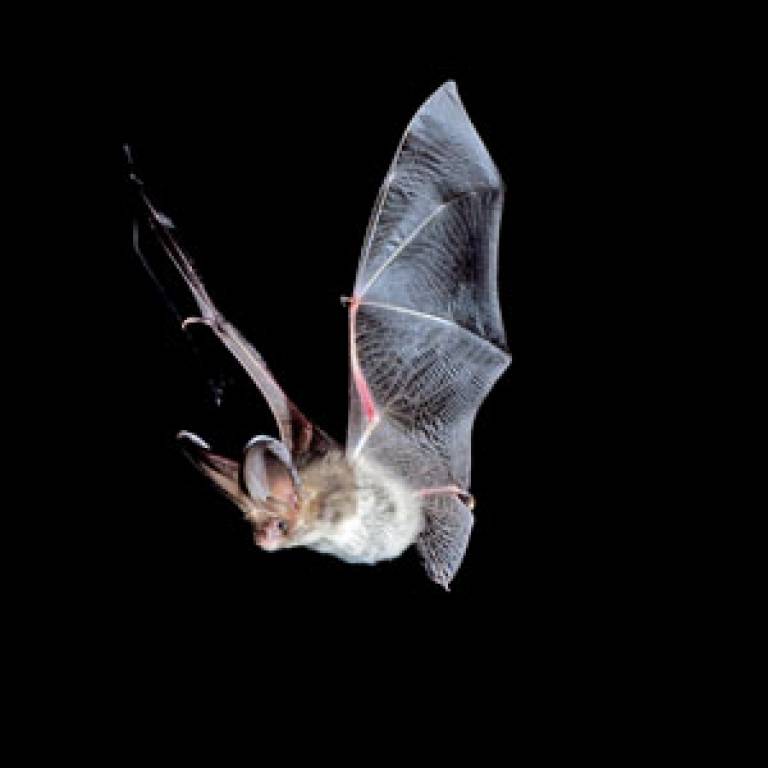New website calls for help from bat detectives
2 October 2012
Scientists are asking for the public's help to monitor bats across Europe and track changes in our environment by listening to their weirdly wonderful ultrasonic tweets on a new website.

The Bat Detective website allows visitors to take part in conservation by listening out for bat tweets in recordings collected over 80,000 km of roads across Europe by thousands of volunteers from the iBats programme, including bat recordings from the heart of Transylvania.
By sorting the sounds in the recordings into insect and bat calls, bat detectives will help biologists learn how to reliably distinguish bat tweets to develop new automatic identification tools.
"Bats use lots of different
types of sounds, from singing to each other to find a mate, to using the echoes
from their tweets to find their way around," said Professor Kate Jones from UCL
and Chair of the Bat Conservation Trust.
She added: "Usually bat sounds are inaudible to humans as they are too high for us to hear, but special 'time expansion' ultrasonic detectors convert these sounds to a lower frequency. Visitors to the Bat Detective website can listen to these unique recordings and help us distinguish different sounds."
Visitors to the Bat Detective website can listen to unique recordings and help us distinguish different sounds.
Professor Kate Jones
One out of every four species of bats is threatened with extinction and better automatic identification tools are desperately needed to quickly process vast amounts of sound data collected by volunteers from the bat monitoring programme iBats who survey bat populations each year.
Bats are found all over the world from local parks to pristine rainforests and monitoring their population trends provides an important indicator of healthy ecosystems. Developing new tools that allow biologists to interpret population trends from sound will allow bats' tweets to act as a way to track environmental change.
"Because of the hard work of the iBats volunteers who have collected these sounds, the UCL team were at risk of being overwhelmed", said Dr. Chris Lintott of University of Oxford who leads the team that designed and built the site. "We hope that hundreds of thousands of people will help us listen in to what the bats are saying and to also build important tools for conservation".
In the next few months the Bat Detective team plan to expand the sounds on the site to other regions so that visitors can hear bat tweets from around the world.
Image: Brown long-eared bat © Hugh Clark, Bat Conservation Trust
Media contact: Clare Ryan
 Close
Close

